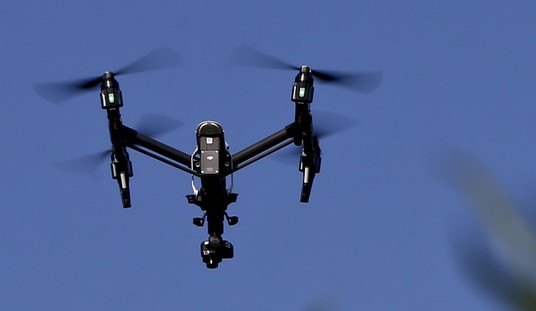The California Senate’s recent vote to authorize $8 billion for the first segment of a widely panned plan for high-speed rail is another example of why the state remains on fiscal suicide watch. And because federal taxpayers are on the hook for $3.2 billion of the plan’s cost, it’s another example of why the federal government should not be subsidizing rail projects.
If California’s voters and the officials they elect want to blow the state’s taxpayers’ money on high-speed rail, then so be it. But taxpayers in the other 49 states shouldn’t be on the hook. Likewise, Californians shouldn’t have to subsidize rail projects in the other 49 states. Indeed, the federal Department of Transportation acts like a money laundering operation: money taken from each state’s taxpayers goes to Washington, gets “washed” on Capitol Hill, and then gets sent back to the states (minus a cut for the bureaucracy) as directed by the Beltway bosses.
Take, for example, Rep. Don Young’s (R-AK) “railroad to nowhere,” which was featured on Politico this morning:
Seven years ago, the veteran Republican created a cash gusher for the touristy Alaska Railroad by giving it a share of Congress’s mass transit bucks. In June, he stared down the Senate to keep the subsidies flowing for another two years. The price tag: $62 million. Those millions were part of a package meant to help mass transit lines carry commuters, not send cargo and tourists through the Alaskan tundra…
“Throughout my career in Congress, I have fought hard to ensure a level playing field between Alaska and its lower-48 counterparts—and the Alaska Railroad is no different,” Young said in a statement to POLITICO. “There is no reason why the Alaska Railroad should be treated differently than other American passenger rail systems—and that is exactly why this provision is so important.”
Critics say it’s too much to spend on a train that carried 412,200 passengers last year, few of whom actually commute. The New York City subway system gave more than 1.5 billion rides last year. Even Salt Lake City’s light rail carries 40,000 people per day.
If Alaskans want to subsidize the Alaska Railroad, then that should be their call. But in all fairness, why should Alaskans support a federal transportation program that isn’t intended to support projects in their state? Unfortunately, instead of working to keep their state’s tax dollars from being shipped to Washington in the first place, most members of Congress, including Don Young, spend much of their time just trying to grab a share of the spoils.
I’ll conclude by noting a small victory for taxpayers. It appears that a plan for subsidized rail transit in central Pennsylvania is dead:
Recommended
After at least 20 years of debate, reams of studies and millions of dollars of investment, the proposal to bring commuter rail service to the midstate is off the tracks. Not one commuter train has left the station, not even for a test run. And now the Capital Area Transit board has shunted the project to a lonely, unfunded siding. CAT’s board last month decertified the last $29,000 in federal funding earmarked for the project. The amount is small, at least in government terms, but the decision to turn the cash back to the feds means the commuter rail project has no significant pool of cash.
Remember, I said that it’s a small victory (the bolded text is my emphasis):
The mid-1990s and early 2000s saw considerable interest and backing of the concept by local governments, including Cumberland and Dauphin counties and Harrisburg. The federal government pumped millions of dollars into studies and planning. The first concept, Corridor One, called for a commuter system on Amtrak and Norfolk Southern lines from Lancaster to Harrisburg to Carlisle. Construction cost estimates caused that to be scaled back to a Lancaster-to-Harrisburg-to-Shiremanstown route that planners projected would cost $80 million to build. That figure didn’t include the significant subsidies that would have been needed to underwrite operating costs. Projections showed rider fares would not come close to covering the cost of running the system.
As former Rep. Jim Traficant (D-OH) used to say, “Beam me up.”
[See these Cato essays on high-speed rail and transit subsidies for more on this topic.]


